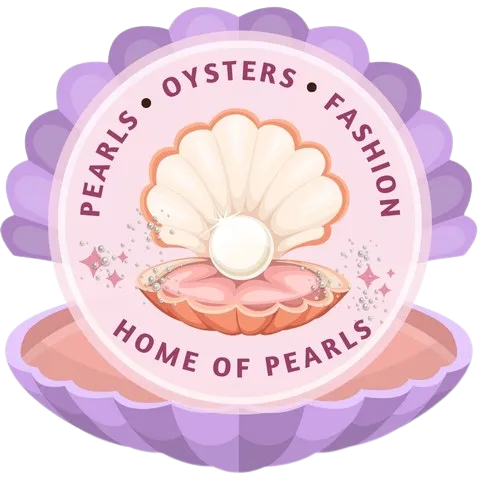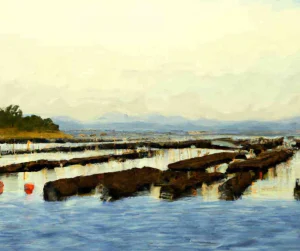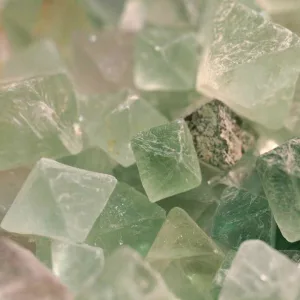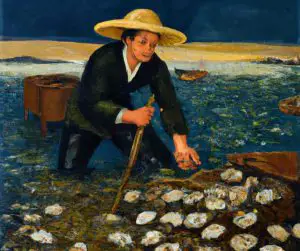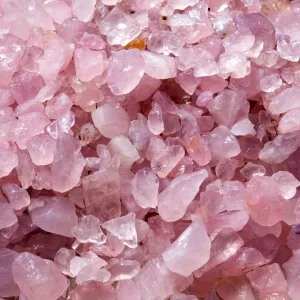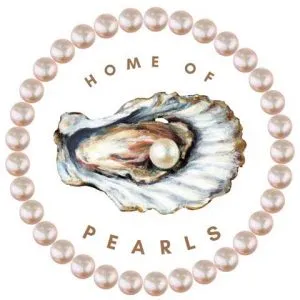If you are shopping for jewelry, you are likely to come across a variety of pearls, including Australian pearls. Australian pearls are highly sought after due to their magnificent luster.
They are produced in the South Seas off the northern coast of Australia and come from the largest pearl oyster.
Here is a closer look at Australian pearls, including where they come from and their main characteristics.
Where Do Australian Pearls Originate From?
Many of the commercial pearl farms in Australia are owned and operated by companies in Japan, which is home to the Akoya pearls. While Akoya pearls are cultivated in cool waters off the coast of Japan, Australian pearls are cultivated in warm waters.
The warm waters between Australia and China are the natural habitat for a species of oyster called the Pinctada maxima oyster. These oysters produce the pearls known as Australian pearls.
There are two main species of the Pinctada maxima oyster – the gold-lipped oyster and the silver-lipped oyster. Both species are the largest pearl oysters in the world, which results in larger pearls. These oysters can grow up to 12 inches in size.
As the name suggests, Australian pearls come from Australia. Aboriginal Australians gathered natural pearls as early as the 1850s. In the early 1900s, Australia was the center of the natural pearling industry.
Australians could not produce cultured pearls until 1949. In 1956, a commercial operation was established at Kuri Bay. Australia now has about 20 cultured pearl farms.
Australian pearls are also sometimes called South Seas Pearls, as the pearls are produced in the area of the South Seas, extending from the southern coast of China to the northern coast of Australia. These pearls are also heavily cultivated in the Philippines, where the South Sea Pearl is considered a national gem.
Cultured Australian pearls and natural Australian pearls are formed due to the defense mechanism of the Pinctada maxima oyster.
In the wild, the oyster starts producing a pearl when a grain of sand or other irritant penetrates its soft tissue. On pearl farms, an irritant is manually added.
The oyster then secretes many mother-of-pearl layers that gradually form a pearl.
Average Australian Pearl Shape and Size
Australian pearls come in a variety of shapes and sizes. Unlike the Akoya pearls which are known for being perfectly spherical, Australian pearls may be drop, oval, button, or baroque-shaped.
Drop and oval Australian pearls are often used for earrings. Button-shaped pearls are popular for rings and earrings, as they sit more flush against the jewelry than pearls of other shapes.
Australian pearls are often larger compared to other types of cultured pearls, including Akoya pearls.
The average size for Australian pearls is about 12.5 mm. However, these pearls can range in size from 9 mm to 25 mm.
Australian pearls take two to three years to cultivate, which is a longer time frame compared to the cultivation of Akoya pearls.
The longer timeframe and large oyster help produce larger pearls, as the oyster continues absorbing more nutrients and shaping the pearl. The larger mollusk can also hold a larger bead nucleus, which provides the foundation for the new pearl.
Australian Pearl Color and Luster

Australian pearls are mostly known for their large size and golden color. Gold Australian pearls are often the most popular, but it is available in many other shades, including white-silver, white-pink, and champagne gold.
You may also notice a gray, green, or silvery highlight in some Australian pearls.
The luster of Australian pearls is often more reflective compared to Tahitian pearls but not as reflective as Akoya pearls.
The high-quality luster and clear colors are possible due to the environment where Australian pearls are harvested. The clean waters and long harvesting time helps create pearls that are bright yet satiny in appearance.
How Much Do Australian Pearls Cost?
Australian pearls are typically the most expensive type of pearl available. A single Australian pearl can cost $1,000 or more. Natural Australian pearls have sold for over $300,000.
The price of Australian pearls depends on their classification. There are six classifications, ranging from Super Gem to A Grade. A “Super Gem” Australian pearl should appear flawless and have excellent luster. These pearls are also perfectly spherical and symmetrical.
AAA Australian pearls have very high to excellent luster. The surface may appear reflective, but not quite mirror-like. Both “Super Gem” and “AAA” Australian pearls are extremely rare.
Most Australian gems on the market are rated “AA” or “A”. “AA” pearls are less reflective but should not contain any significant marks.
Conclusion
Australian pearls do not always come from Australia. They can be harvested in China and other parts of Asia.
The main characteristic of these pearls is their larger size. Australian pearls are often about 12.5mm in size and come in a variety of sizes and shapes, making them great for creating a bold fashion statement.
